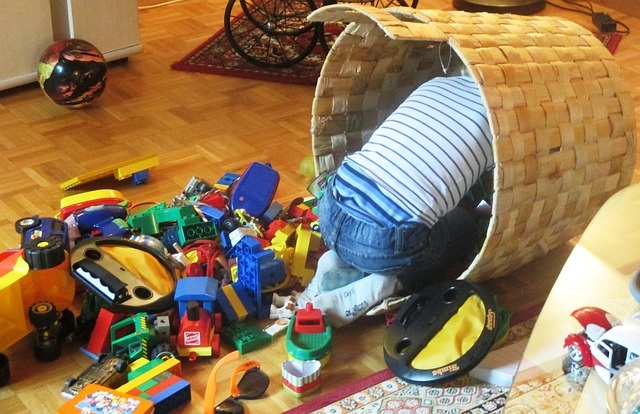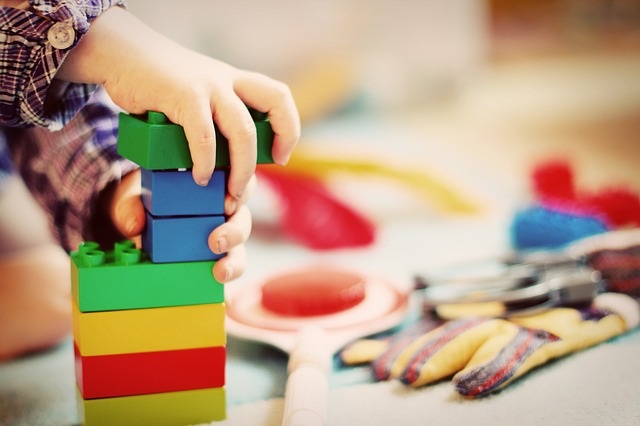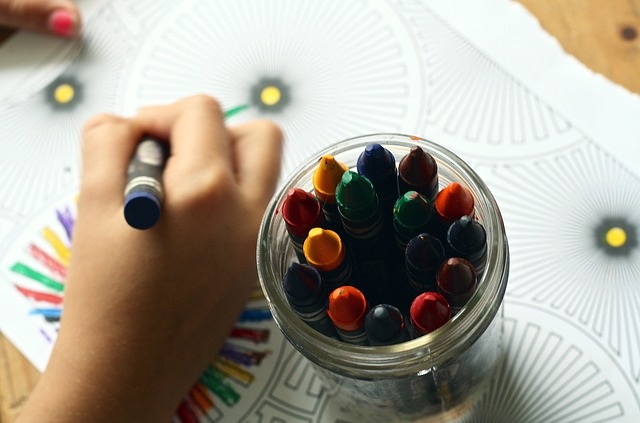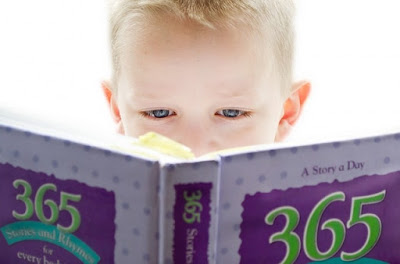
Here is a question from an ABCJesusLovesMe Family member:
Just saw the sample daily routines on the ABCJesusLovesMe website but what exactly is an afternoon quiet time & how do you get a busy preschoolers on board?
This is a really good question! While the answer will differ between moms, here are some points to help get you started.
In our home, Peanut is in his room between 1:00 and 3:00 each afternoon. And on the weekends our elementary-aged children do the same. We call this nap time, quiet time, or room time depending on the age of the child. While the youngest one sleeps, the older kids can play or read quietly. They have done this from a very young age so quiet time is the norm.
But, if you do not currently have a set quiet time built into your daily schedule, it can be a little tricky to instill. So, before we get into the “how,” let’s discuss the why.

Why are Afternoon Quiet Times Important?
– Preschoolers need a time set aside each day for quiet activity and naps. Playing is exhausting work. Room time gives the child the chance to rest and refuel.
– Mommy needs a break. This is a great time for mommy to refresh as well. She can clean, catch up on various items, do laundry, have a lengthy quiet time, read, shower, attend to a job, or simply take a nap.
– Room time trains the child who no longer needs a daily nap to entertain herself with independent play. This is key to your child’s imagination and self-discipline.

Tips to a Successful Afternoon Quiet Time for Children
– Before you begin, decide in your mind what you want quiet time to look like. Keep in mind each of your children’s personalities and abilities. What are you expectations? Think with the end in mind. In our home, the key to quiet time is that the children must stay in their rooms and do an activity quietly.
– Think of the process like a mini bedtime. A routine is necessary to prepare the child. I begin quiet time by reading Peanut a book. This makes quiet time a fun, relaxing time that he and I look forward to. Just me and his on
his bed.
– Have a basket of toys (for non-nappers) that is only played with during nap time.
– My kids like to listen to music, CD’s of the Bible being read, or Adventures in Odyssey (for the older ones).
– Give the child a visual so he knows when quiet time is over. A light comes on, music begins/stops, you open his bedroom door. The visual helps stop the “Can I get up now?” question. (I also suggest this for morning wake-up time.)
– Just as with bedtime, don’t stray from the rules – the child is to stay in the room and play quietly or nap. Don’t let one more drink or seven bathroom trips become a habit. Train the child so that she knows the expectations and then hold the boundaries firm.
– If you have a mischievous child who requires more supervision, try a baby gate in the doorway. This allows you to peak in on the child’s activities. Another option is to saw the door in half. Then you can close the bottom half and peak through the top. (No, I have not actually done this but a friend of mine did. She took the doors to Lowe’s to have them cut in two.)

Optional Quiet-Time Toys
Sometimes it can be a challenge to provide quiet toys that child can play with that don’t require parent involvement. Here are a few options.
- Blocks
- Legos
- Coloring Books – The Color Wonder
markers and books are great because the markers only write on the specific books.
- Picture Books
- Cars with a Car Mat
- Dolls, Barbies, Polly Pockets
Afternoon quiet time is a win-win situation for everyone involved. I highly suggest it, and you will too!
